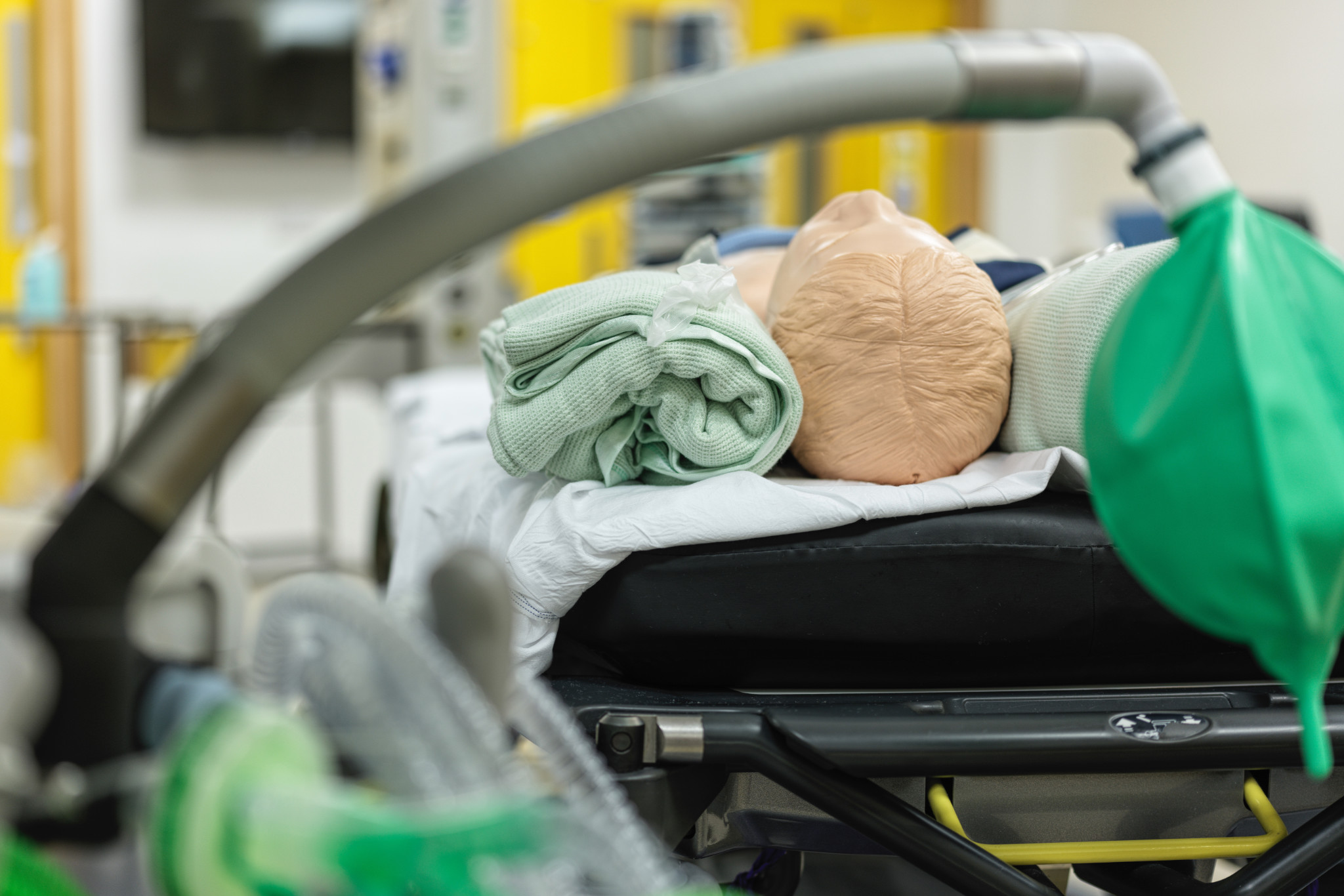
Complex Paediatric Airway Huddle
Airway ScenariosUse this resource in conjunction with your real-world training

Experience Summary
In this 360-degree video, observe the theatre team conducting the World Health Organization (WHO) checklist (or 'in brief') for a 4 year old child with a blunt trauma to the neck attending the operating theatre for intubation.
Clinical Context
The WHO Surgical Safety Checklist is a critical tool designed to improve patient safety by ensuring effective communication and systematic checks before surgical procedures. In children, airway management can be particularly challenging due to anatomical and physiological differences compared to adults, making preparation and risk mitigation essential.
Before a child is taken to the operating theatre for intubation, the WHO checklist serves to confirm key safety steps, helping the multidisciplinary team anticipate and manage potential difficulties. This includes verifying the patient’s identity, the surgical procedure, and relevant medical history such as allergies or previous airway problems. The checklist also ensures that all necessary equipment and medications for airway management are prepared and functioning.
A structured approach to airway management in pediatric patients often involves the formulation of a clear plan with backup strategies, commonly referred to as Plan A, Plan B, and Plan C:
- Plan A (Primary Intubation Strategy): This involves the initial attempt to secure the airway using direct laryngoscopy or video laryngoscopy with an appropriately sized endotracheal tube. The plan includes ensuring the child is adequately pre-oxygenated, sedated, and muscle-relaxed if necessary. The clinician performing the intubation should be experienced, and all necessary monitoring equipment should be in place. Successful intubation here facilitates safe ventilation and oxygenation.
- Plan B (Secondary Strategy – Alternative Airway Management): If Plan A fails, Plan B typically involves the use of alternative airway devices such as a laryngeal mask airway (LMA) or other supraglottic devices. These provide a temporary airway allowing ventilation and oxygenation while preparing for further intervention. The checklist ensures these devices are readily available and that the team is prepared to implement this step rapidly.
- Plan C (Emergency and Rescue Techniques): Plan C involves emergency airway access techniques in the event that both Plans A and B fail. This may include performing a surgical airway (e.g., needle or surgical cricothyrotomy) or calling for additional expert help. The WHO checklist helps ensure that all emergency equipment is on hand, the team is aware of the escalation pathway, and the patient’s safety is prioritised.
Learning outcomes
- Gain experience observing an MDT approach to discussing the management of a complex paediatric airway .
- Understand the team members involved in the care of this patient.
- Observe the WHO checklist in practice .
External Resources
